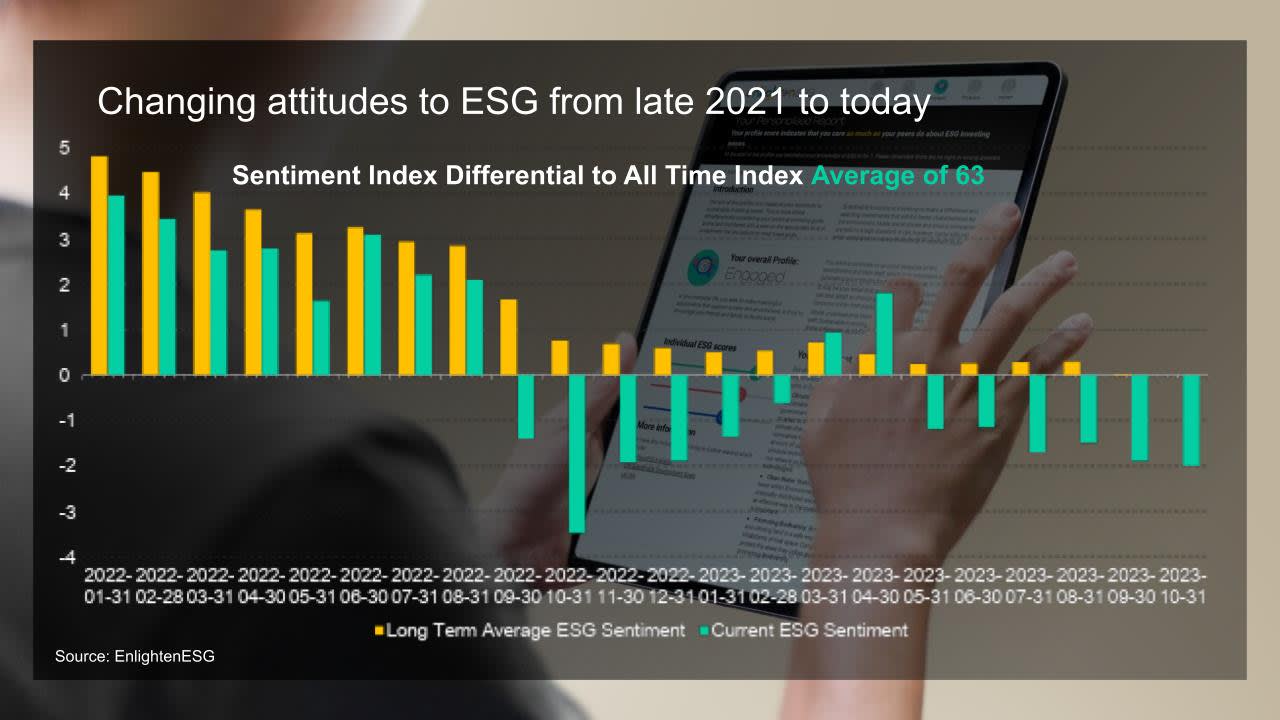
Much like their equity counterparts, passive bond funds with an ESG tilt have experienced significant growth in recent years.
ESG bond ETFs commanded some $7.6bn in assets in 2019 according to iShares, more than triple the amount recorded in 2018.
That sum had reached £10.3bn by the middle of 2020.
Given the important role of fixed income in portfolios, such offerings should prove useful for conscientious clients who value diversification.
Bond ESG passives also tend to come cheaper than active equivalents, while ETFs have notably high levels of transparency. Conscientious investors can often check the full list of an ETF’s holdings.
But as Morningstar noted in a recent report, bond passives with an ESG leaning remain in an embryonic phase. The authors of the report, “Passive sustainable funds: the global landscape 2020”, published in September, note that European investors had just 53 passive fixed income funds to choose from at the time of writing, with just 12 available in the US.
The good news is that ESG bond passives are rapidly taking on greater scale, with providers expanding into new subsectors.
Demand from various sources, from DIY investors to wealth managers and pension funds, should spur this on, resulting in greater innovation. But, as with any ESG approach, close attention should be paid to the underlying investment. Fixed income ESG passives also come with their own issues.
Passing the test
2020 has been a tipping point for ESG in two respects. Firstly, this year has seen an explosion in demand, placing it firmly into the mainstream. The events of 2020 may also have finally settled any lingering debates about whether ESG investing means sacrificing returns.
In the equity space, ESG funds have held up better than their mainstream peers, partly because ESG funds often have a bias to more defensive “quality” stocks.
Similarly, ESG bond indices have generally proved more defensive than their parent benchmarks, losing less when prices were falling but lagging as assets have rallied.
Importantly, ESG approaches in the bond space could help investors to both defend their portfolios and positively influence a large swathe of companies.
Vasiliki Pachatouridi, head of Emea fixed income strategy at iShares, notes: "In fixed income, ESG issues present a material credit risk for both corporate and sovereign debt.
"With debt issuance dwarfing equity issuance, bonds are an increasing source of corporate finance. Credit investors see an opportunity to exert meaningful influence over issues with ESG and disclosure practices."
Investors are likely to see ESG bond passives proliferate in the coming years. Offerings are already available in various areas, from investment grade corporate bonds to high yield and emerging markets.
ESG passives with a focus on government bonds are also emerging, though progress has been somewhat slower here. This relates to a variety of issues, including the difficulty of assessing climate change risk when it comes to different government bonds.








